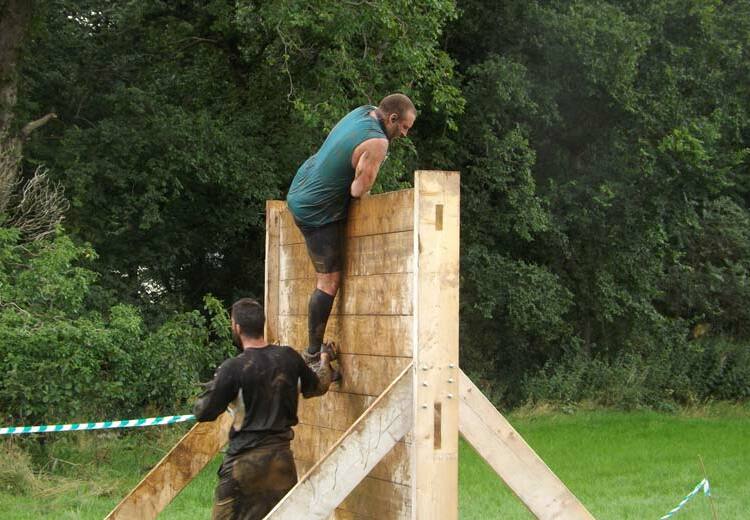NEW drivers in the Isle of Man will soon sit an updated version of the hazard perception test to ensure they react better to emergency vehicles on the roads.
The Isle of Man Test Centre and the Isle of Man Fire and Rescue Service have been working together to create the updated test which includes footage of a fire appliance responding to emergency situations.
It is designed to make new motorists think about how to move out of the way of the vehicle in a safe and controlled manner.
Gary Kirby, a firefighter and driving instructor for the fire service, said: "As an emergency response organisation we jumped at the chance to try and raise the level of awareness of how to respond to an approaching emergency vehicle under blue light conditions.
"Whilst most drivers on the Island respond in a timely and safe manner there are a worrying number of drivers who seem to panic and endanger themselves or others."
Station officer Carl Kinvig added: "All our emergency response drivers are trained to a high level and our aim is to get to an incident as quickly and, just as importantly, as safely as we can.
"I think the inclusion of an emergency vehicle within the hazard perception test is a very positive step in the right direction."
Gary has provided the following tips to drivers on how to respond to an emergency vehicle while driving:
• When confronted by an emergency vehicle coming towards you slow down, indicate and stop in a safe, suitable place. Don't panic, stay calm. So many drivers unnecessarily mount the near side pavement - endangering themselves and potentially damaging their car. Slow down and pull in safely. Also when you do pull in indicate to show the driver you have seen him.
• If you find yourself in the situation of an emergency vehicle behind you - again don't panic. Maintain your normal road speed, check your mirrors, indicate and stop in a safe and suitable place at the side of the road. If you stop immediately it could force that emergency vehicle to stop in a dangerous position.
• Don't use the traffic ahead of you pulling in as an opportunity to do some overtaking - it's dangerous and you could end up in trouble. If vehicles are pulling in, either in front or behind you, check your mirrors - the reason may quickly become apparent.
• Don't stop opposite another vehicle and make the road narrow or on a corner, bend, brow of a hill or opposite a solid or double white line. Please maintain your normal road speed and then move over to a safe convenient place. The driver of that emergency vehicle can pass you safely. If you can't see what’s coming, neither can the driver of the emergency vehicle.
• Don't unnecessarily force your vehicle up on to the pavement - you could lose control, damage your vehicle and endanger pedestrians.
What do you think? Let us know your thoughts by leaving a comment below:








